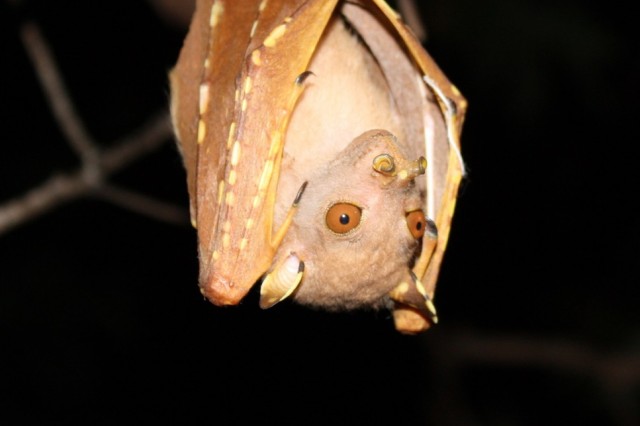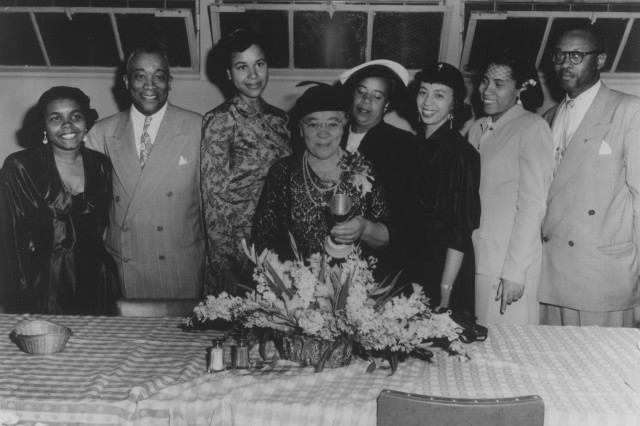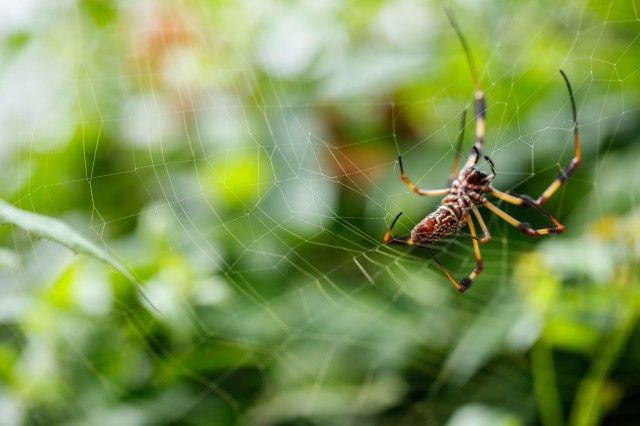
Meet Your L.A. Flight Crew
Discover what's flocking in L.A.
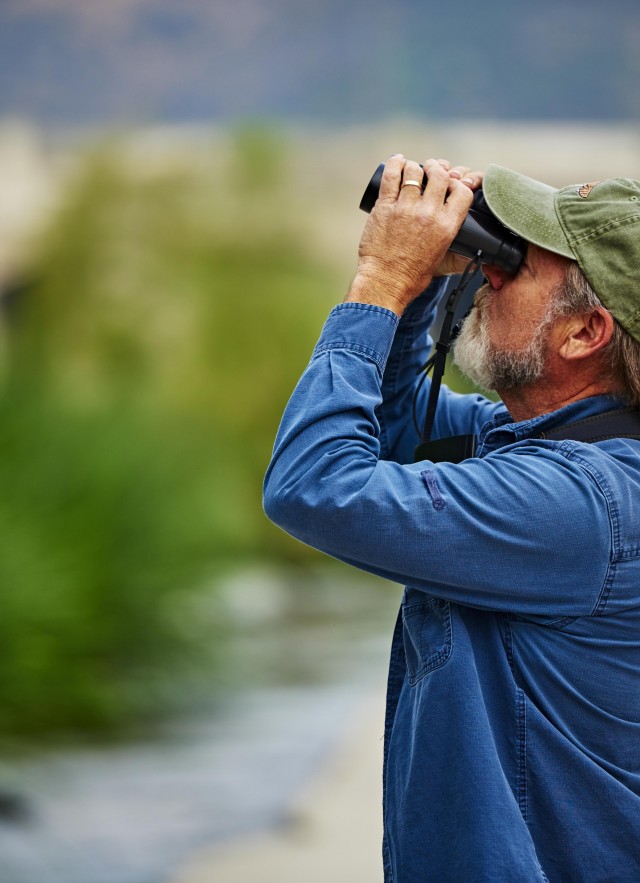
If you didn’t know that Los Angeles is the birdiest county in the U.S., NHM’s Ornithology Collections Manager Kimball Garrett could’ve told you. From bird calls to habitats, Garrett is an incredible source of knowledge on our avian Angelenos, and we checked in with him for some recommendations on what to watch for this fall.
Pacific Loon, Gavia pacifica
With their dark gray upperparts and white undersides in their winter (non-breeding) plumage, Pacific Loons are seafarers after departing their tundra summering grounds.
“The peak southward movement of this Arctic-nesting species is along our coastal and offshore waters in October and November, with the bulk of the population wintering from southern California to the tip of Baja California. Sharp-eyed observers might spot groups of them winging southward in the late fall. ”
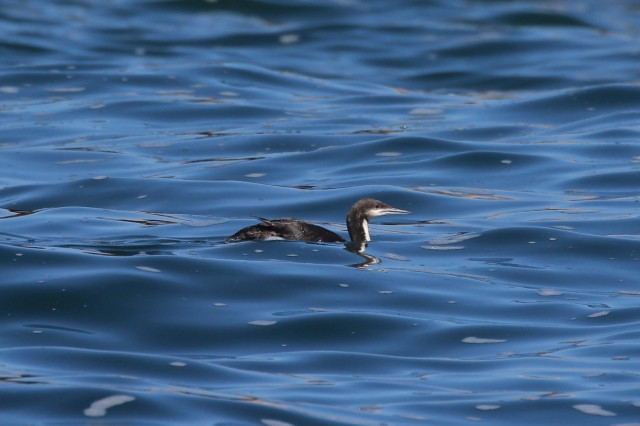
Photo credit: Patpatasaur
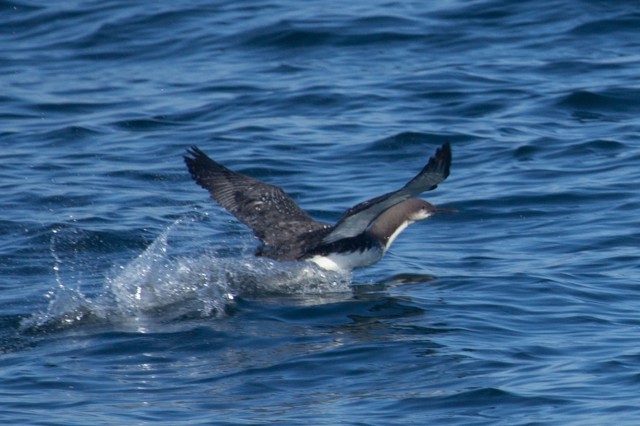
Photo credit: Donna Pomeroy
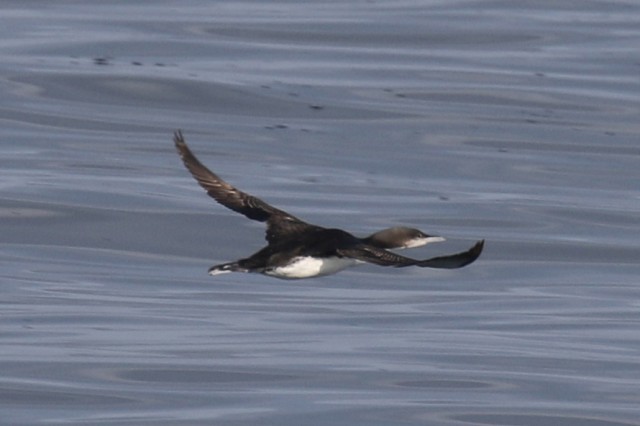
Photo credit: Robin Gwen Agarwal

Photo credit: docprt
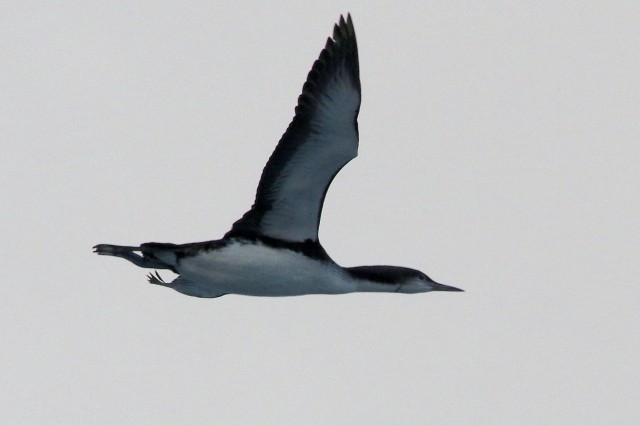
Photo credit: docprt

Photo credit: guyincognito
Yellow-rumped Warbler, Setophaga coronata
Keep your ears open for the incessant ‘chip’ calls of yellow-rumped warblers, one of the most common wintering songbirds in the region.
“An abundant and familiar wintering species here, the largest numbers arrive in October. Most are coming from breeding areas in the mountains from British Columbia south to the Sierra Nevada, although smaller numbers breed in our local mountains. Trees in parks, residential areas, and natural areas abound with them until April.”
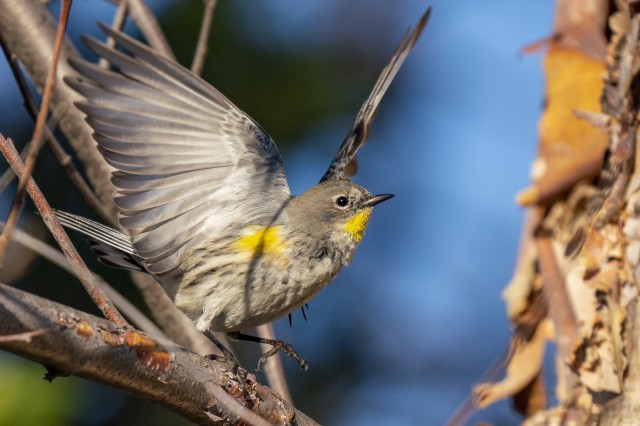
Photo credit: Bryanlc
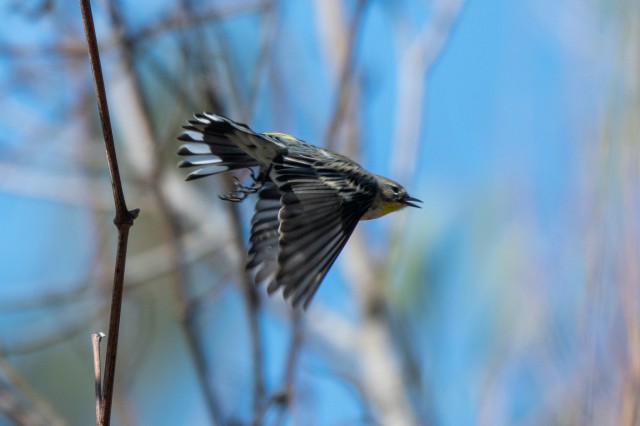
Photo credit: Jonathan Eisen
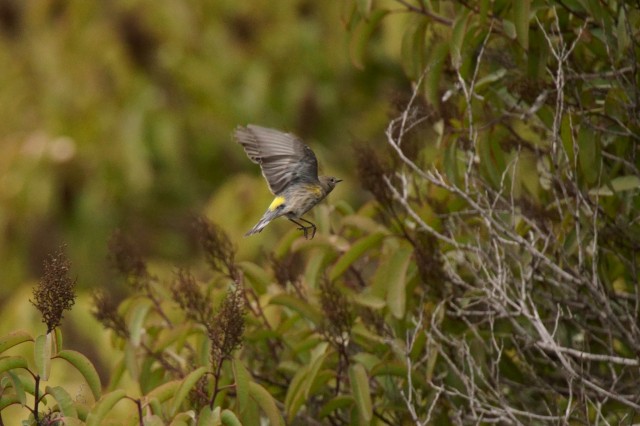
Photo credit: Heather
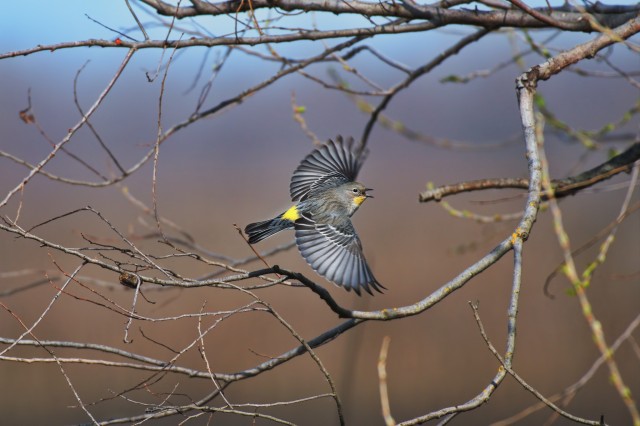
Photo credit: Itnewk
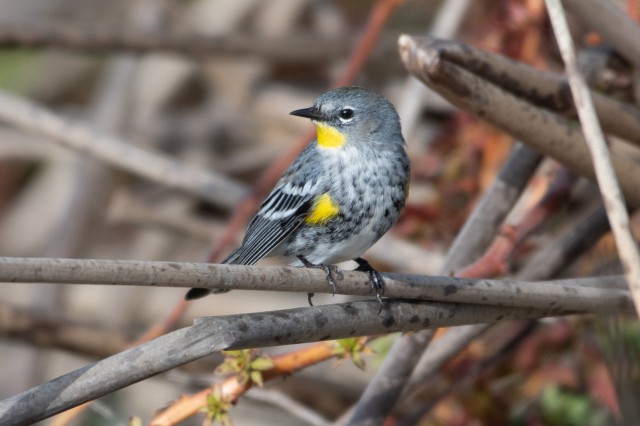
Photo credit: Jonathan Eisen
Bufflehead, Bucephala albeola
"These striking small diving ducks arrive in our area mainly in late October and November, spending the winter at park lakes and reservoirs, the Los Angeles River, and various wildlife areas with lakes or ponds. They breed in Alaska, Canada, and parts of the northernwestern USA, and some spend the winter as far south as central Mexico. The black and white head patterning, very small size, and constant diving habits make them among the most distinctive of the twenty or so waterfowl species that winter around Los Angeles."
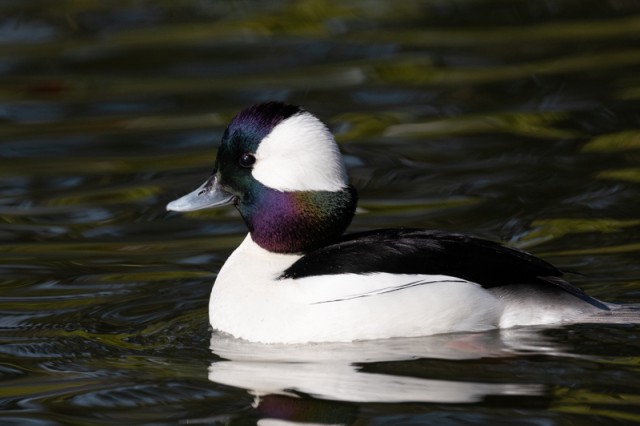
Photo credit: Elliot Janca
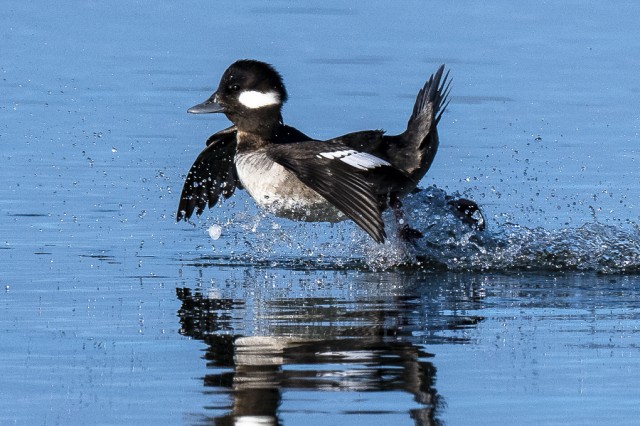
Photo credit: Diane Wu
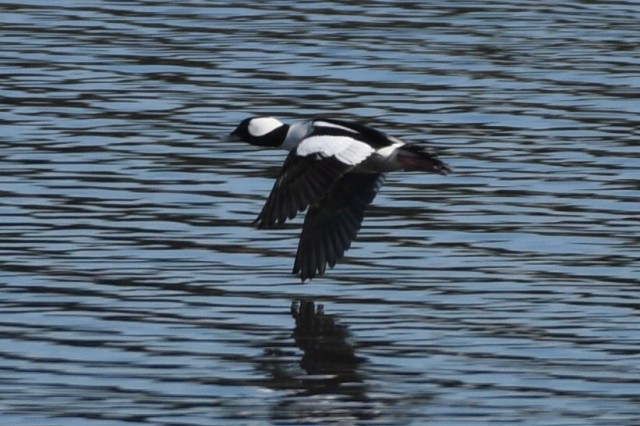
Photo credit: Max Leibowitz
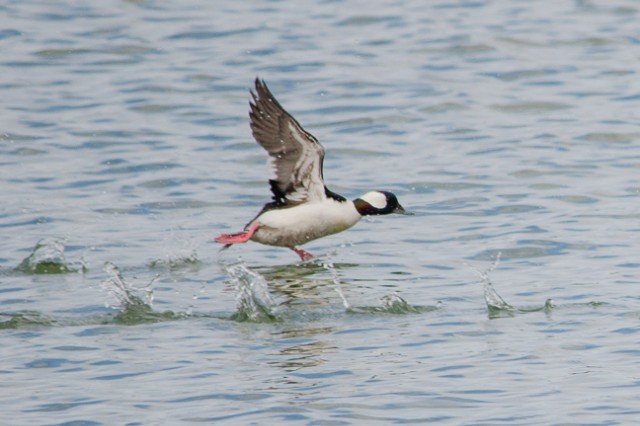
Photo credit: Peggy Romfh
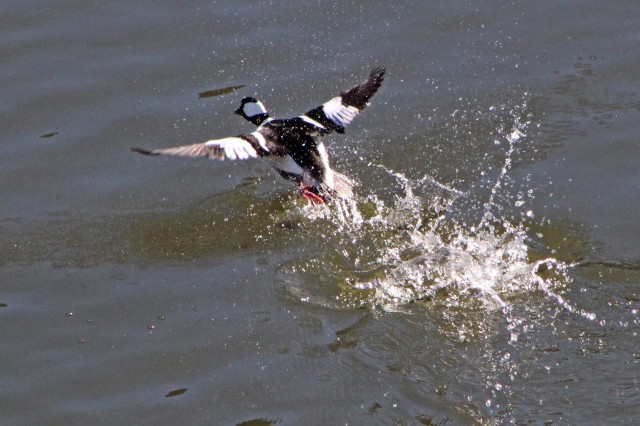
Photo credit: Edward Rooks
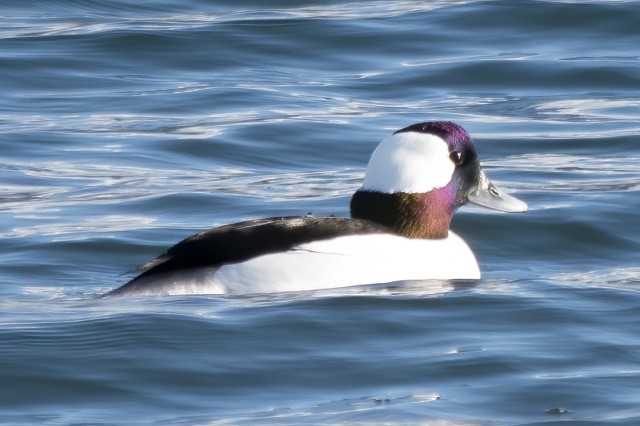
Photo credit: Sophie Cameron
These are just a few of the birds making the commute to Los Angeles, and migrations happen year-round. We’ll be checking in with Garrett and Allison Shultz, our Assistant Curator of Ornithology, regularly to see what’s flocking in L.A. Keep an eye on the skies (and the buildings, beaches, and trees) for more of our feather friends. Be sure to check out NHMLAC’s website and our social channels, as well as here in the Naturalist for more words on birds.

